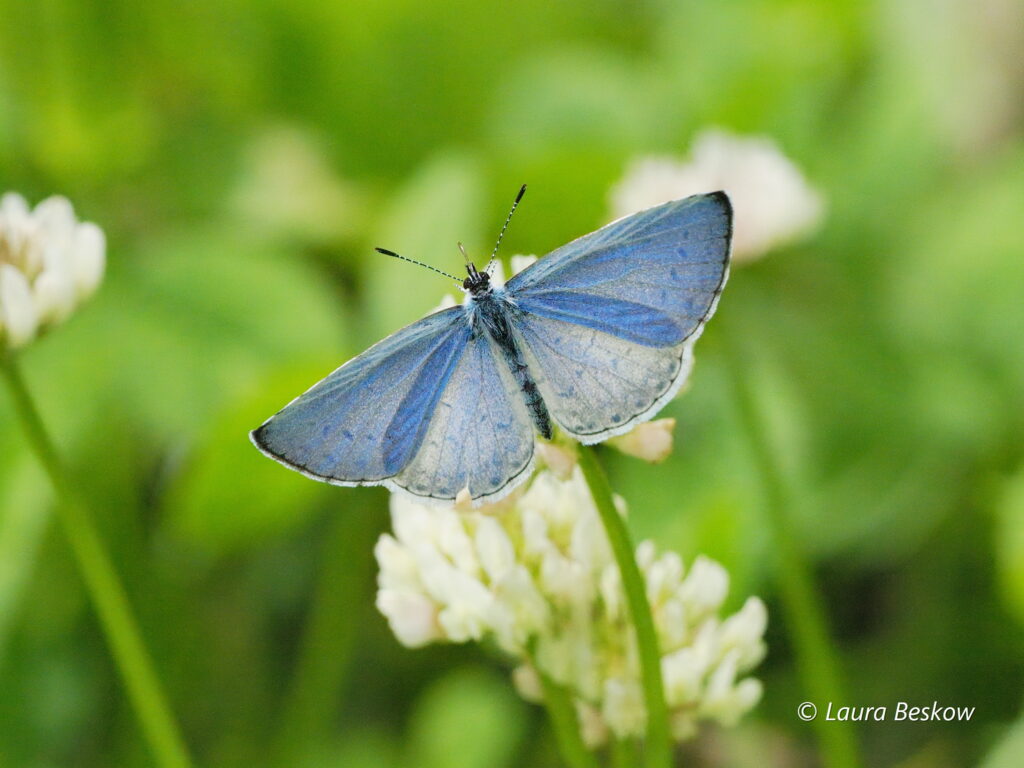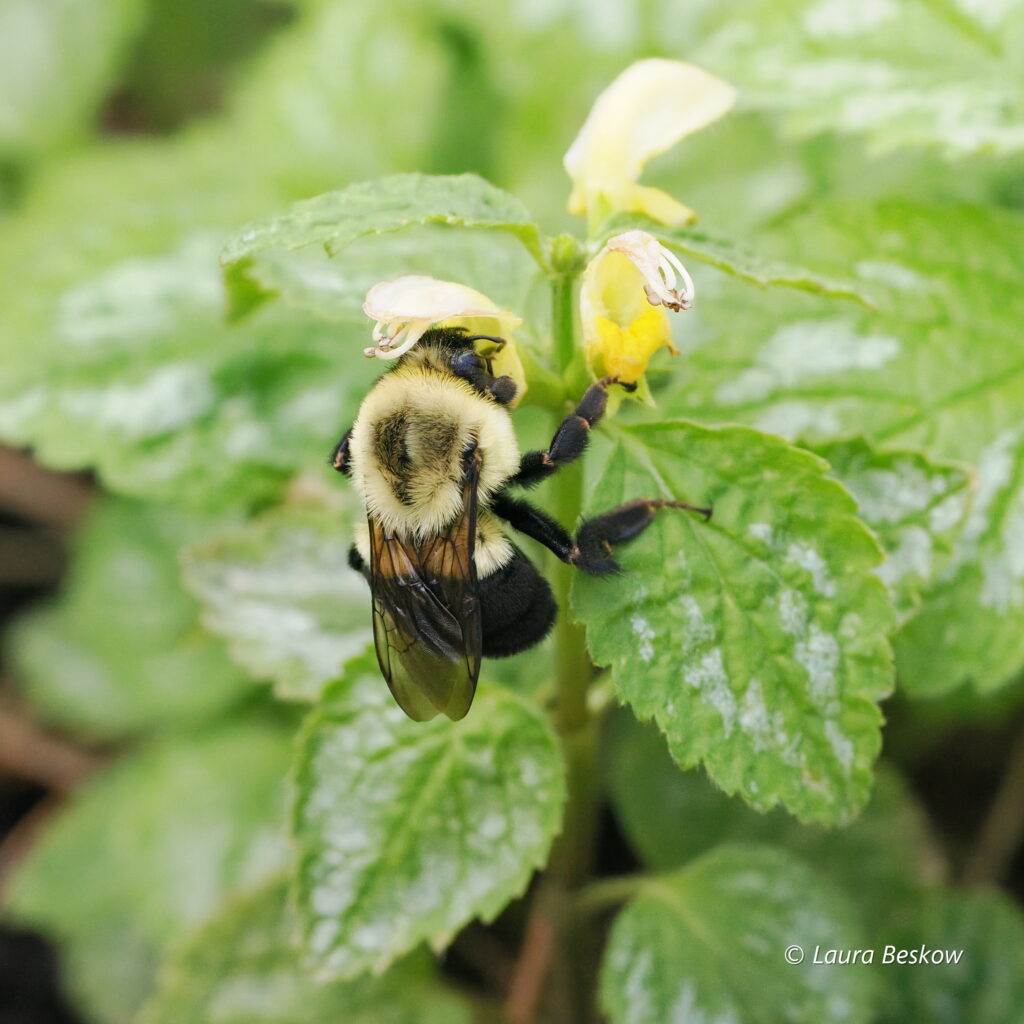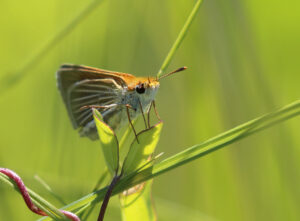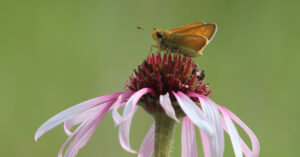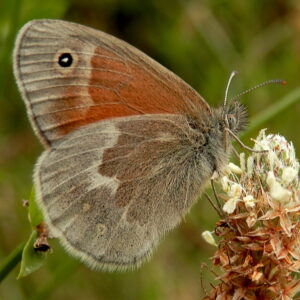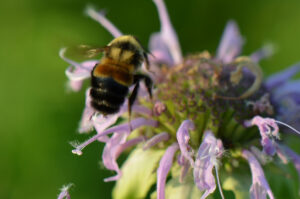Pollinator Friendly Ames: Diversity & Abundance
The second goal of the Ames Pollinator Plan is to continuously monitor pollinator abundance & diversity within the City of Ames and urban fringe areas. Specifically, our hope is to:
- Over the next 10 years support pollinator species, including those listed as imperiled by federal, state, and research authorities.
YOU CAN HELP!
Become a citizen scientist!
Becoming a citizen scientist allows you to contribute valuable data on pollinator populations and behaviors, aiding research and conservation efforts to protect these crucial species.
iNaturalist is a mobile application that helps you identify plants & animals that you see while generating data for science and conservation.
There are approximately 40 species of butterflies right here in Ames! Keep track of which ones you see by downloading the Ames Butterfly Checklist
Meet some of Ames’ Imperiled Pollinators
Common Name: Poweshiek Skipperling
Scientific Name: Oarisma poweshiek
Federal Listing: Endangered
State Listing: Threatened
IUCN Listing: Critically Endangered
Host/Forage Plant: Indian grass, Prairie dropseed,
Big Bluestem
Habitat: Prairie fens, wet to dry remnant prairies
Scientific Name: Oarisma poweshiek
Federal Listing: Endangered
State Listing: Threatened
IUCN Listing: Critically Endangered
Host/Forage Plant: Indian grass, Prairie dropseed,
Big Bluestem
Habitat: Prairie fens, wet to dry remnant prairies
Common Name: Dakota Skipper
Scientific Name: Hesperia dacotae
Federal Listing: Threatened
State Listing: Endangered
IUCN Listing: Endangered
Host/Forage Plant: Little Bluestem, Native grasses
Habitat: Wet and dry remnant prairies
Photo by USFW
Scientific Name: Hesperia dacotae
Federal Listing: Threatened
State Listing: Endangered
IUCN Listing: Endangered
Host/Forage Plant: Little Bluestem, Native grasses
Habitat: Wet and dry remnant prairies
Photo by USFW
Common Name: Common Ringlet
Scientific Name: Coenonympha tullia
Federal Listing: N/A
State Listing: Endangered
IUCN Listing: N/A
Host/Forage Plant: Native grasses, specifics
unknown
Habitat: Grassy open areas, dry prairies
Scientific Name: Coenonympha tullia
Federal Listing: N/A
State Listing: Endangered
IUCN Listing: N/A
Host/Forage Plant: Native grasses, specifics
unknown
Habitat: Grassy open areas, dry prairies
Common Name: Rusty-patched Bumblebee
Scientific Name: Bombus affinis
Federal Listing: Endangered
State Listing: N/A
IUCN Listing: Critically Endangered
Host/Forage Plant: Generalist
Habitat: Prairies and shrublands, often near
woods; urban gardens
Scientific Name: Bombus affinis
Federal Listing: Endangered
State Listing: N/A
IUCN Listing: Critically Endangered
Host/Forage Plant: Generalist
Habitat: Prairies and shrublands, often near
woods; urban gardens

